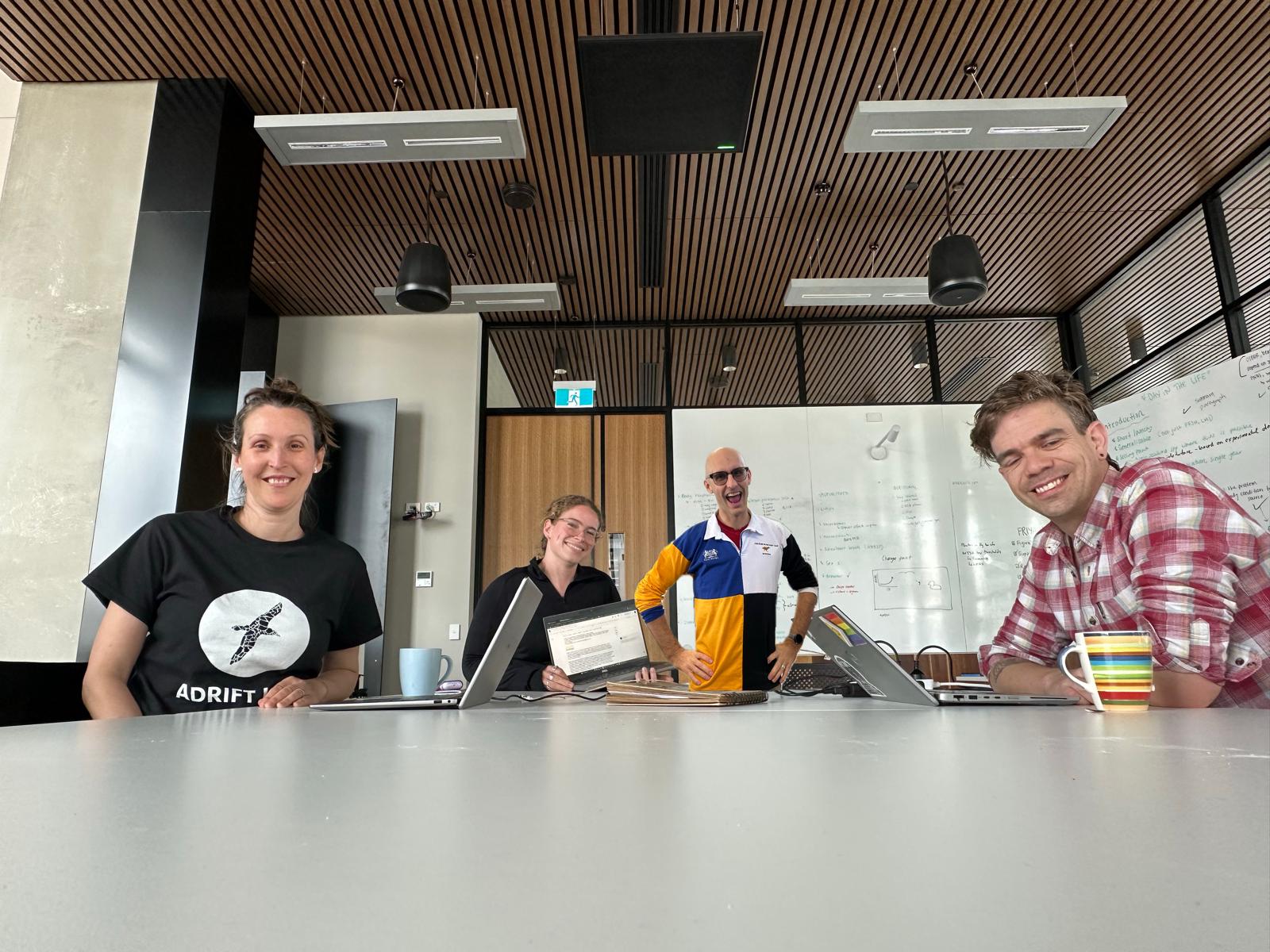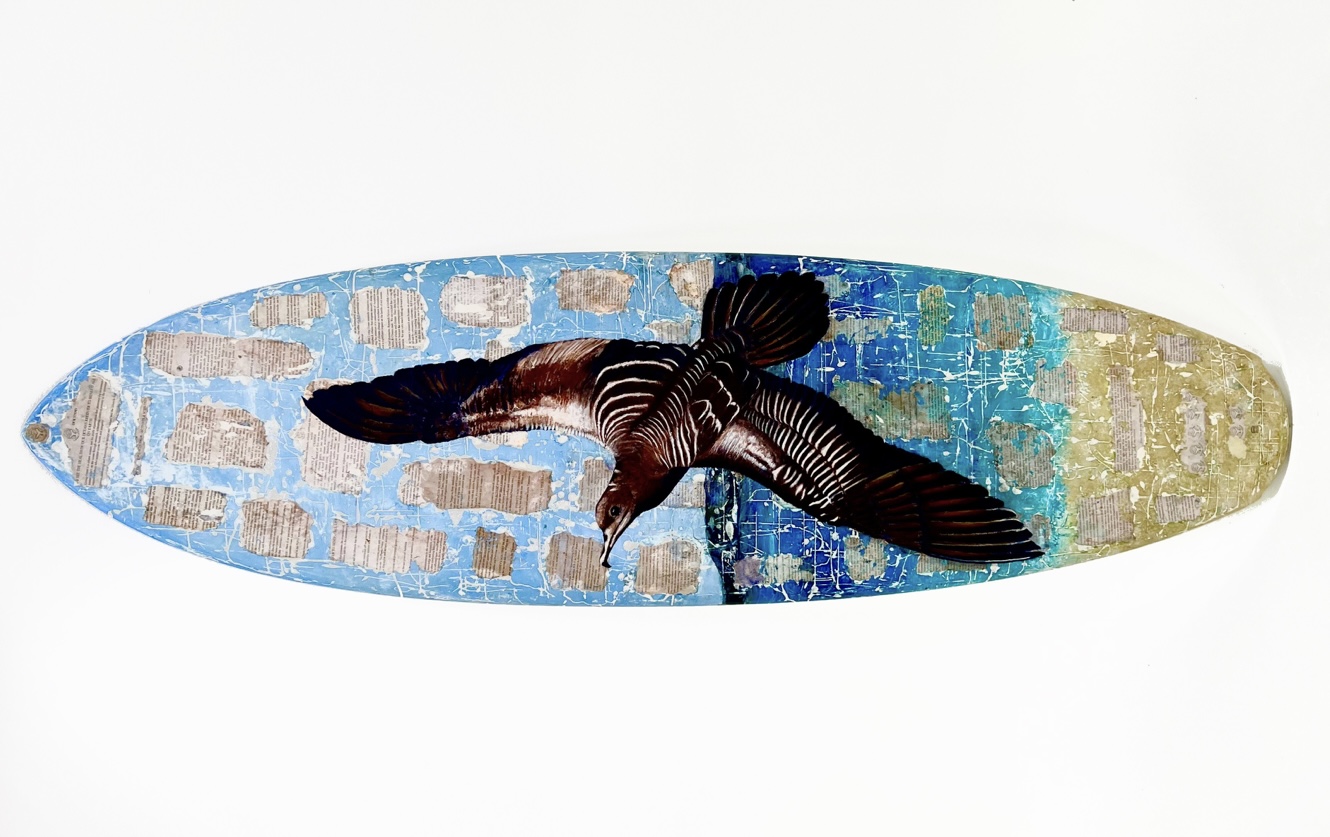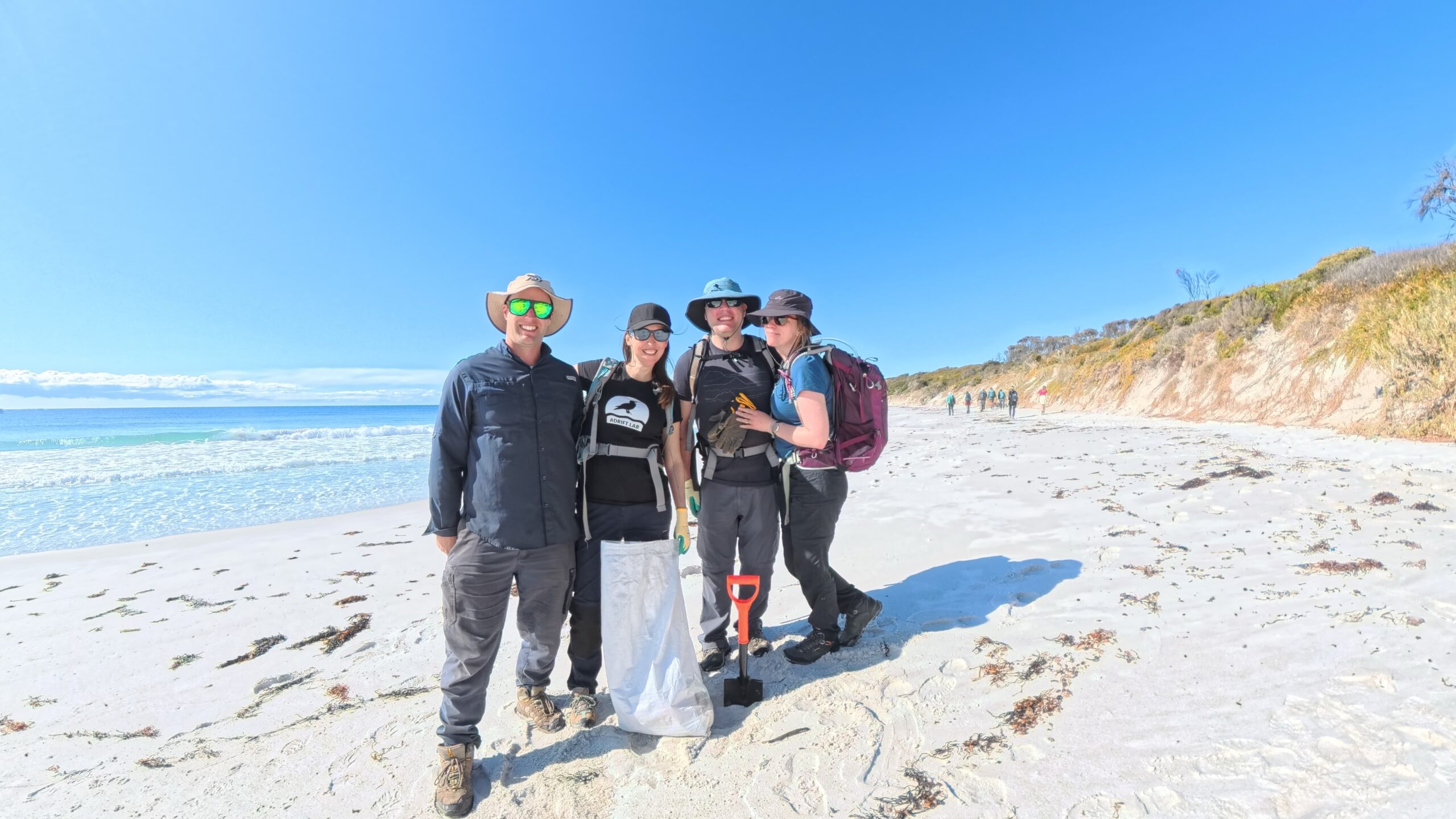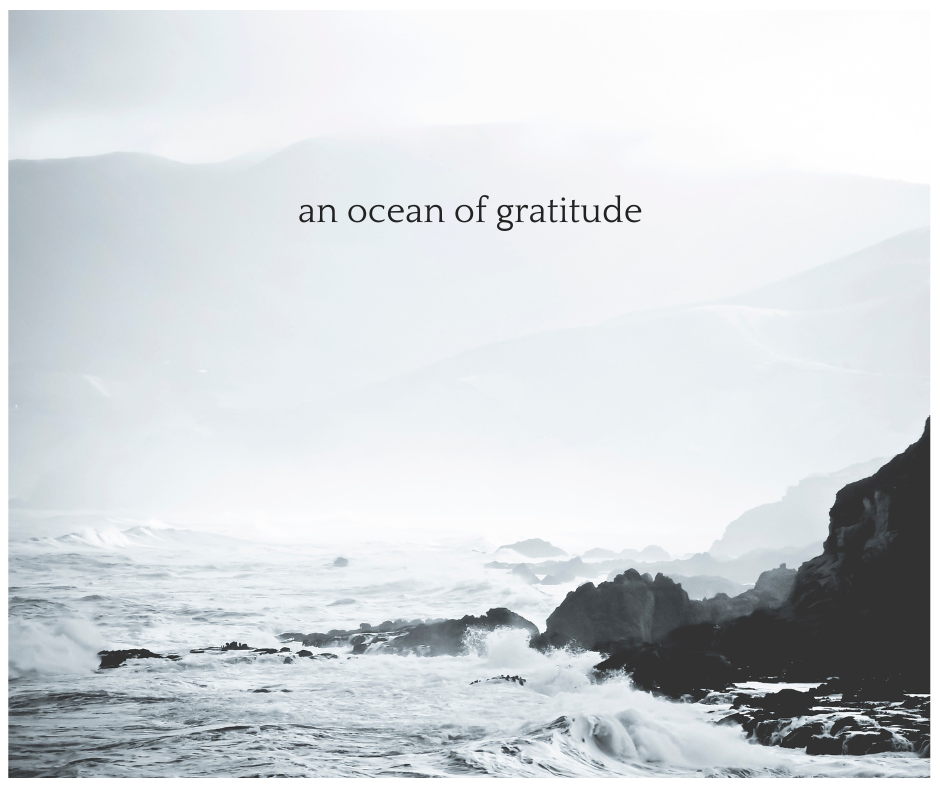BIG NEW PAPER: plastic pollution contributes to tissue and organ damage in marine birds
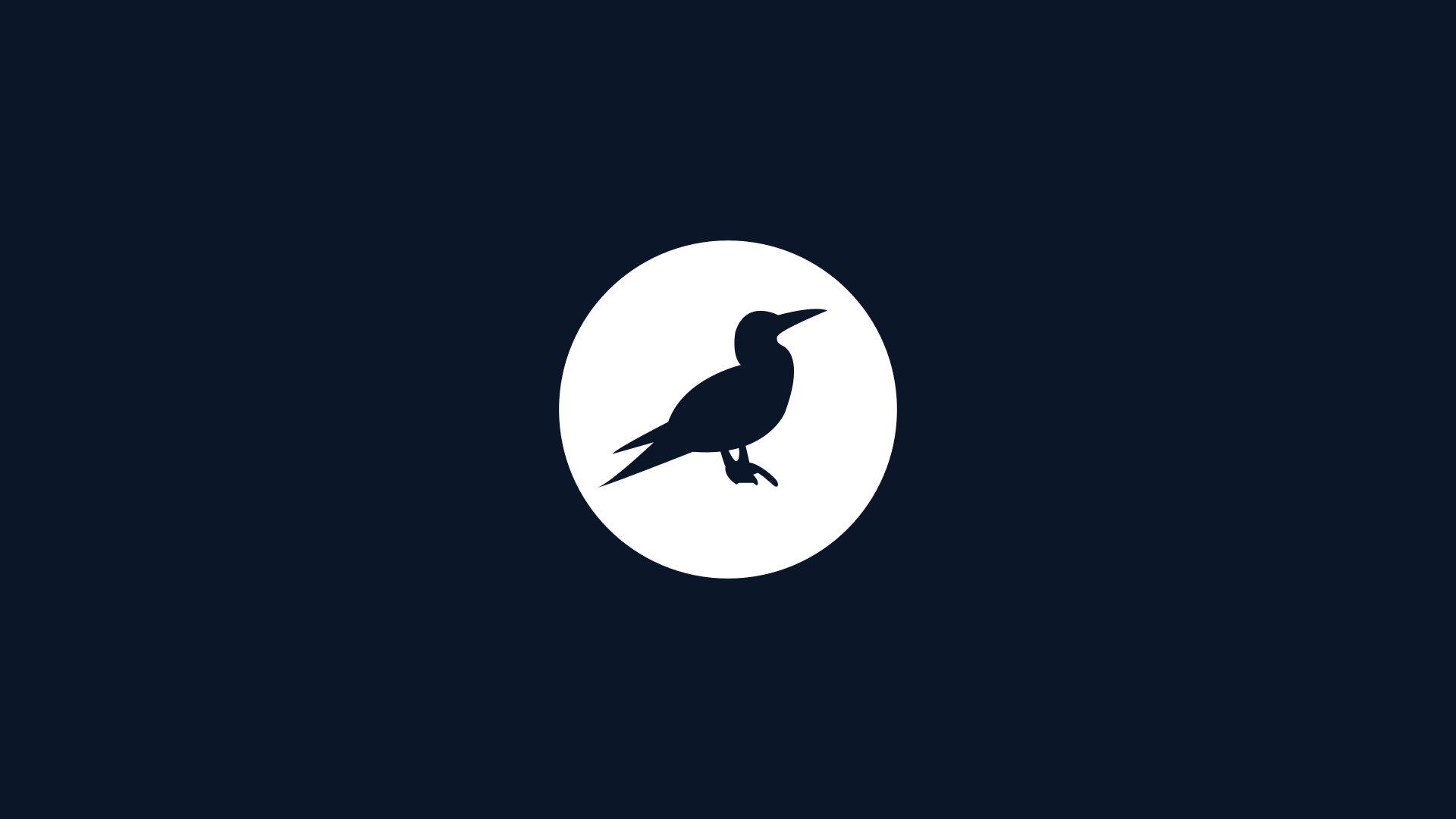
Adrift Lab’s newest paper is OUT NOW in the Journal of Hazardous Materials, and while it’s another sad story for seabirds, the paper also reflects a huge amount of research effort on behalf of an amazingly collaborative and supportive team who welcomed on board co-authors from multiple disciplines and career stages!
So…what do we know, and what new information does this paper contribute? Well, it’s increasingly clear our environment is inundated with #microplastics (particles we define as being <1 mm). Despite all the media attention the plastics issue often received, the health effects of these pollutants is fairly poorly known because of their tiny size and the many challenges this poses for scientists trying to quantify them. They’re so small, most are not visible to the naked eye!
In addition, there is growing evidence that when our wildlife ingests larger particles (#macroplastics, like bottle caps and balloon clips), these items fragment (or “break up”) into smaller pieces, thus releasing microplastics. Particularly in seabirds, krill and other species that have a gizzard or similar organ designed to crush hard parts, like fish bones. It’s a process that’s recently been coined “shedding” or digestive fragmentation.
This is where the one-two punch comes in: exposure to macroplastics through ingestion can induce direct and indirect pathology (e.g., inflammation and/or scarring of tissues which might impair organ function) through microplastics that are shed inside the animal, days or weeks later. This is worrying, yet the mechanisms of how/where this happens and the consequences for wildlife, have been poorly documented.
To address this, we investigated the presence and impact of microplastics in multiple tissues from Australian shearwaters – in particular, we focused on a species that’s well-known for ingesting considerable quantities of plastics. We used histopathological techniques to look for tiny plastics embedded in tissues, and documented evidence of damage or harm.
What did we find? All of the tissues/organs we examined (kidney, spleen, proventriculus) had embedded microplastic particles – yes, that’s right – 100% of samples contained plastics. These particles were extremely small, so you might be tempted to think they’re relatively harmless. On the contrary: the microplastics we detected in organs was related to macroplastic exposure, meaning the number of large plastics that scientists find in an animal’s stomach is an indicator of total exposure, including the tiny particles you can’t see. We also recorded considerable tissue damage as a result of the microplastics we observed embedded in the seabirds’ tissues, including:
- A significant reduction in tubular glands and rugae in the proventriculus (structures that are important to correct functioning of the stomach)
- Evidence of inflammation, fibrosis (scarring), and loss of organ structures in the kidney and spleenThis indicates macroplastics can induce damage directly at the site of exposure (stomach), while microplastics can be mobilised throughout the body causing widespread pathology in the organs/tissues. Importantly, the damage caused by plastics in the stomach and tissues is unlikely to be reversible. Even in cases where birds can rid themselves of ingested plastics through regurgitating a bolus (pellet), the physiological damage to the stomach has already been done, and embedded plastics will remain. Thus, the ability of young birds to efficiently absorb nutrients has been compromised. Collectively, these results indicate the scope and severity of our current understanding of the health impacts of plastic pollution may be grossly underestimated.
ACKNOWLEDGEMENTS AND CONGRATULATIONS: a heart-felt thank you to Pure Ocean Fund, Detached Cultural Organization, and the Natural History Museum for providing funding for this project. Logistical support was provided by the Australian Bird and Bat Banding Service (ABBBS) and Lord Howe Island Marine Parks (Justin Gilligan and Caitlin Woods). We are grateful for field assistance and the photography skills provided by two incredible volunteers, Paul Sharp and Silke Stuckenbrock, from Shark In A Bus. We continue to be in awe of the generosity of Lynton Mortensen, who in 2021, circumnavigated LHI by swimming 32 km non-stop for around 12 hrs as part of the “Ocean Plastic Relay – Day of 30” which raised more than $15,000 for Adrift Lab research! At Adrift Lab, there is no doubt we are “standing on the shoulders of giants”.
Last but certainly not least, we extend our gratitude to the wider LHI community – plastic pollution is an unwelcome visitor on the shores of this otherwise stunning, biodiverse, and UNESCO World Heritage listed island. Despite the remoteness, the community diverts a phenomenal amount of waste from landfill and supports countless education and citizen science marine debris programs. We advocate strongly for the incredible example they are setting!

